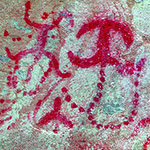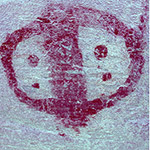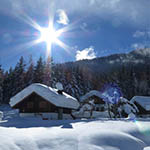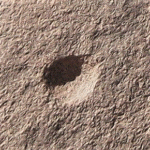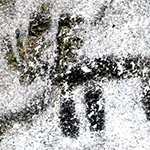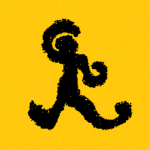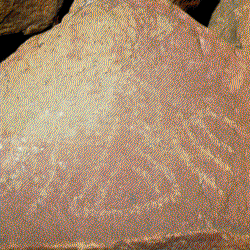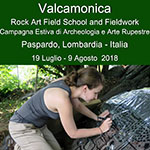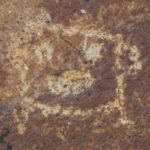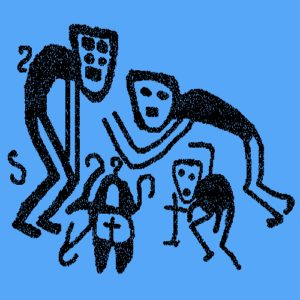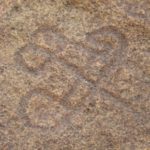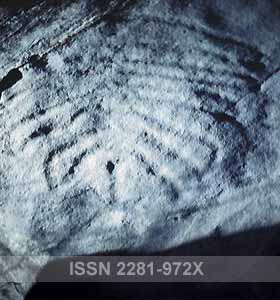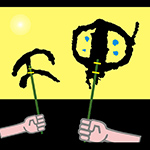 Le figure della Balma dei Cervi sono in grado di stimolare un’ampia varietà di laboratori didattici: utilizzando diverse tecniche di pittura o di incisione su rame e legno possono essere create vere e proprie gallerie artistiche. Le stesse figure, trasformate nei personaggi di un racconto o di una poesia possono ispirare laboratori di scrittura creativa e di teatro. The Balma dei Cervi figures can inspire a wide variety of educational activities; you can create your own realistic art galleries using a variety of techniques such as painting, copper embossing and wood engraving. These same figures, turned into characters from a story or elements of a poem, may inspire creative-writing workshops and theatre performances. .
Le figure della Balma dei Cervi sono in grado di stimolare un’ampia varietà di laboratori didattici: utilizzando diverse tecniche di pittura o di incisione su rame e legno possono essere create vere e proprie gallerie artistiche. Le stesse figure, trasformate nei personaggi di un racconto o di una poesia possono ispirare laboratori di scrittura creativa e di teatro. The Balma dei Cervi figures can inspire a wide variety of educational activities; you can create your own realistic art galleries using a variety of techniques such as painting, copper embossing and wood engraving. These same figures, turned into characters from a story or elements of a poem, may inspire creative-writing workshops and theatre performances. .
by Andrea ARCÀ, Angelo Eugenio FOSSATI Read more
